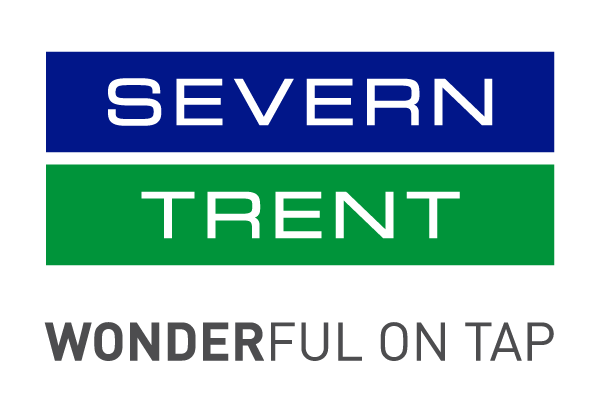Understanding your charges
Your charges can vary depending on your property type and water usage. Let's break down the key components: water supply, used water, trade effluent, surface water drainage, highway drainage, unmetered charges, fixed charges, intermediate and large user tariffs, and the standby tariff.
How we charge
Most business customers in our area of supply are metered, but a few will be on unmetered charges if it has not been practical to install a meter at their property.
When it comes to water supply there are two main costs:
Simply, you pay for the upkeep of your water meter and for volume of water you use.
When it comes to used water, there are costs involved in:
If you have a water meter, the cost for these services is based on how much water you’ve used. For billing purposes, it’s usually assumed that the amount of water you’ve used is the same as the amount of clean water recorded by your meter. Simply put, you pay for the services that take care of the water after you’ve used it.
If your disposing of wastewater that’s stronger or more concentrated than typical household wastewater into the sewers, you’ll be charged based on how strong that wastewater is.
This is all about dealing with rainwater that falls on your property. Here’s what it involves:
Simply, you pay for the service that manages the rainwater from your property. If your property doesn’t drain rainwater into the public sewer, you don’t have to pay.
This charge is about managing rainwater from public areas. Here’s what it involves:
Simply, you pay for the service that manages the rainwater from public areas like streets and roads.
Tariffs
For businesses and non-household users with high water consumption, Severn Trent offers special tariffs with unique considerations. Here's a breakdown of Intermediate and Large User Tariffs, along with the Standby Tariff for those with alternative water sources.
